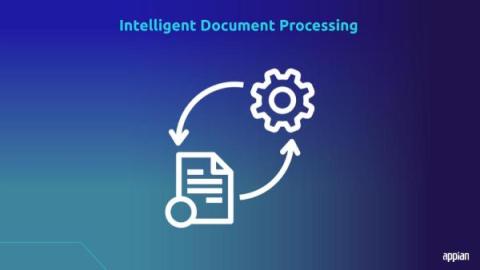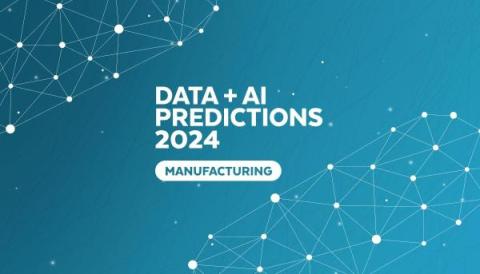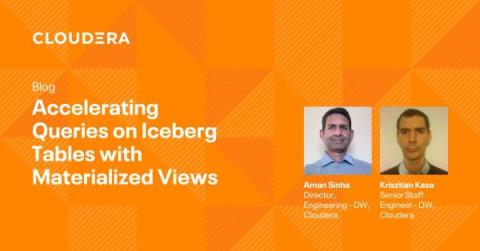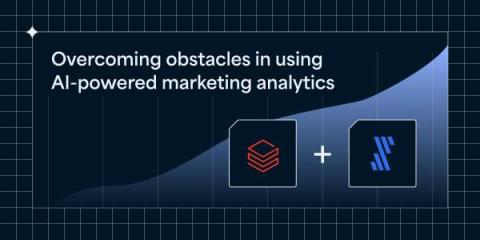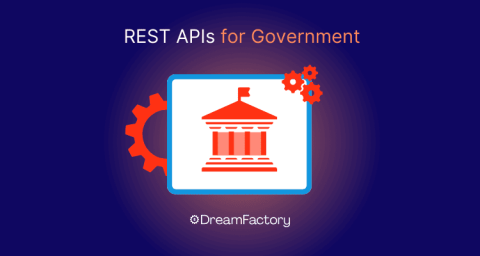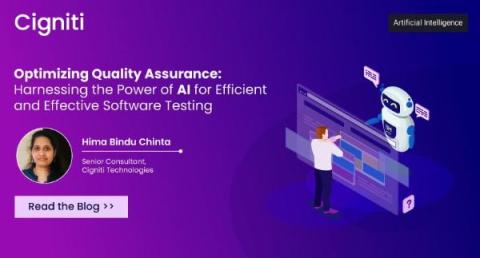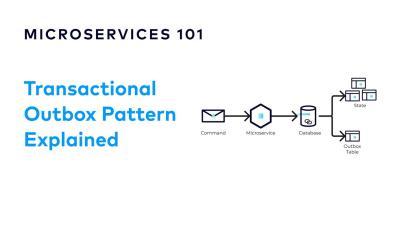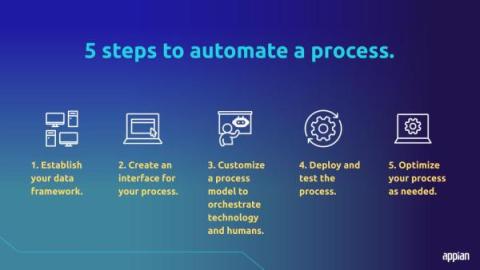What is Intelligent Document Processing?
In a world drowning in documents, intelligent document processing (IDP) is a lifeboat. Imagine freeing yourself and your teams from the frustration of manual data entry (and the human error that always comes with it). This is the promise of IDP—a transformative force for any kind of document processing work.


